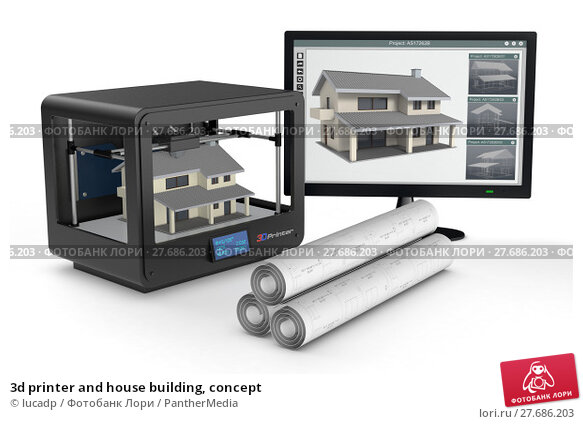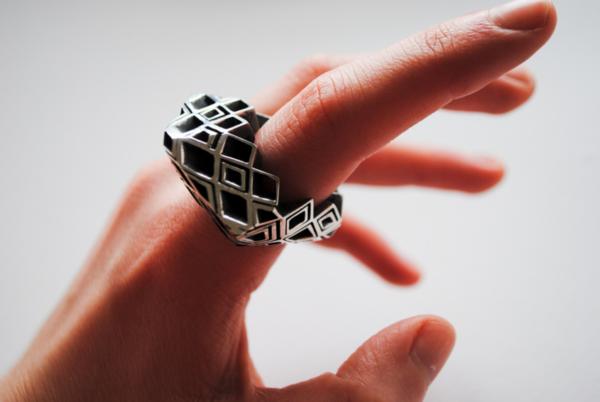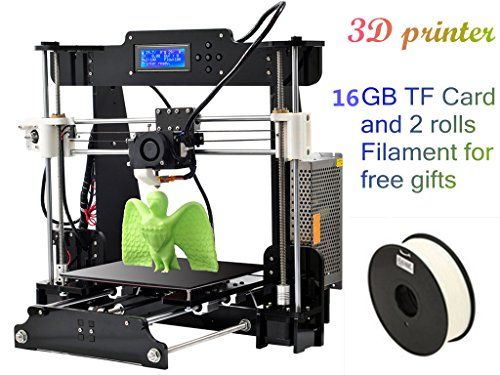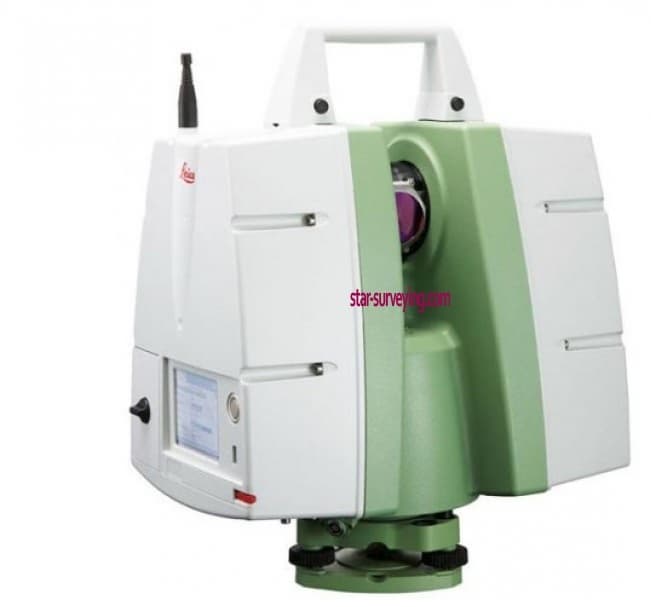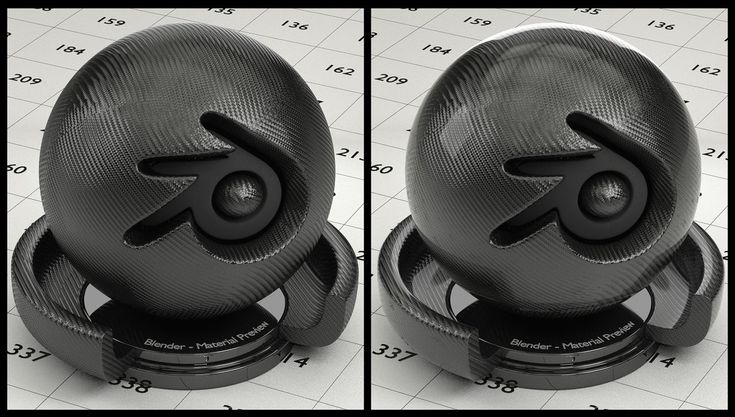Nanoe 3d printing
Zetamix by Nanoe | Filament2Print
> Zetamix by Nanoe
Sort by --Price: Lowest firstPrice: Highest firstProduct Name: A to ZProduct Name: Z to AIn stockReference: Lowest firstReference: Highest first
Showing 1 - 11 of 11 items
-
In Stock
Nanoe Sintering Coupon Nanoe Sintering Coupon
450,00 € tax excl.
535,50 € tax incl.
Debinding and sintering service for Zetamix ceramic and metallic filaments. Debinding and sintering service for Zetamix ceramic and metallic filaments.
-
In Stock
Zetadebind ultrasonic bath Zetadebind ultrasonic bath
325,00 € tax excl.
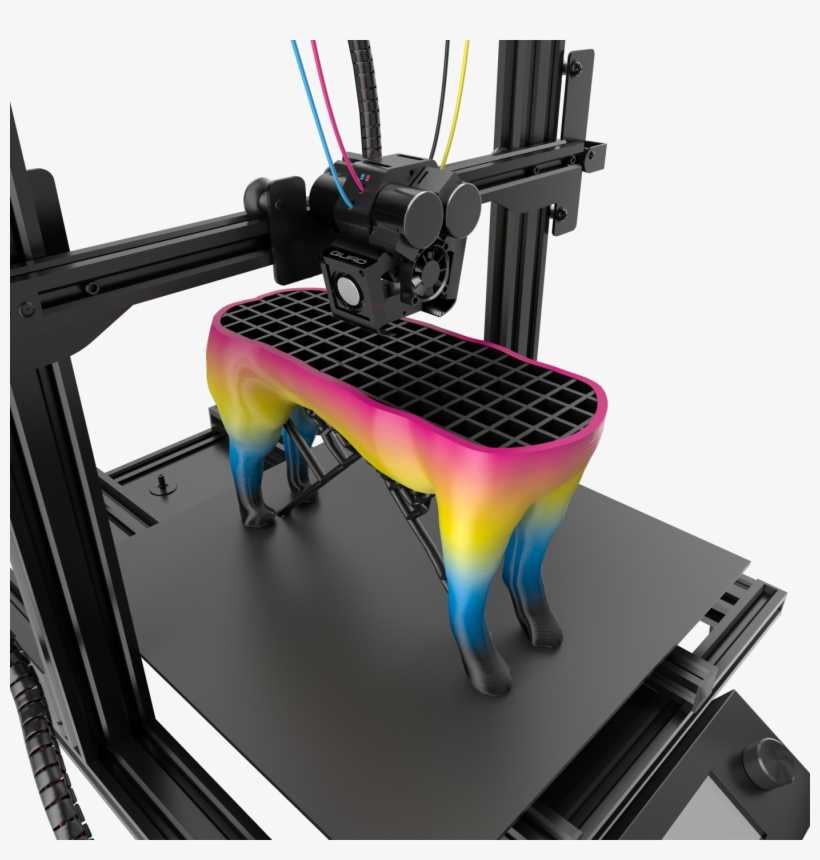
386,75 € tax incl.
Ultrasonic bath with temperature control suitable for chemical debinding treatments of Nanoe Zetamix filaments. Ultrasonic bath with temperature control suitable for chemical debinding treatments of Nanoe Zetamix...
-
In Stock
Zetamix 316L Zetamix 316L
249,00 € tax excl.

296,31 € tax incl.
Filament with metallic powder that allows to obtain 316L stainless steel parts. Filament with metallic powder that allows to obtain 316L stainless steel parts.
-
In Stock
Zetamix Alumina Zetamix Alumina
299,00 € tax excl.

355,81 € tax incl.
Filament with ceramic powder that allows to obtain alumina parts after debinding and sintering processing. Filament with ceramic powder that allows to obtain alumina parts after debinding and sintering processing.
-
In Stock
Zetamix Black Zirconia Zetamix Black Zirconia
349,00 € tax excl.
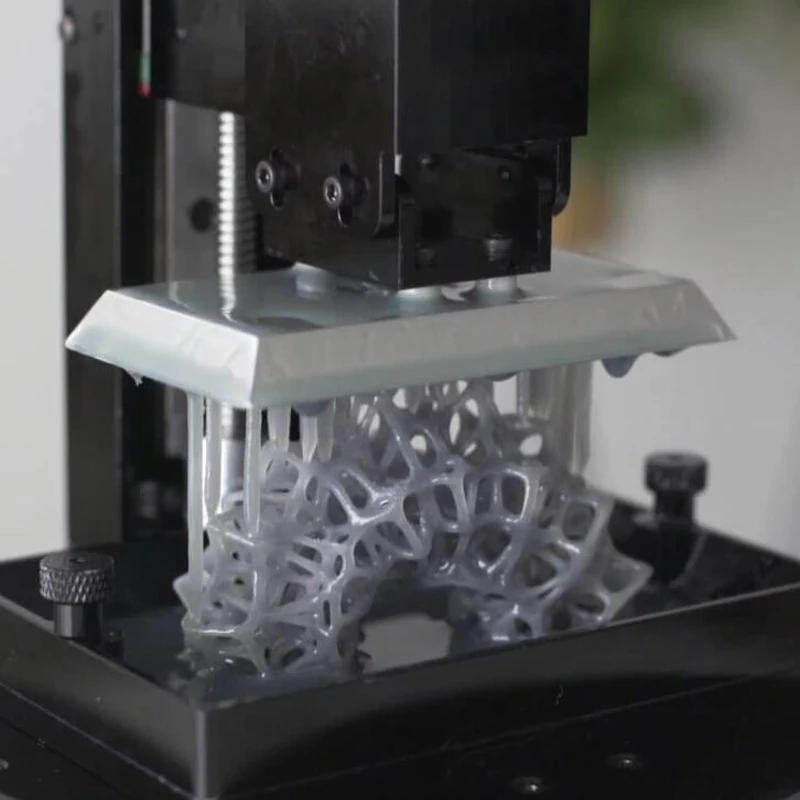
415,31 € tax incl.
Filament with ceramic powder that allows to obtain black zirconia parts after debinding and sintering processing. Filament with ceramic powder that allows to obtain black zirconia parts after debinding and sintering...
-
In Stock
Zetamix Epsilon (Ɛ) Zetamix Epsilon (Ɛ)
137,50 € tax excl.

163,63 € tax incl.
Dielectric filaments for radiofrequency applications, various levels of permittivity. Dielectric filaments for radiofrequency applications, various levels of permittivity.
-
In Stock
Zetamix h23 Zetamix h23
249,00 € tax excl.

296,31 € tax incl.
Filament with metallic powder that allows to obtain h23 steel parts. Filament with metallic powder that allows to obtain h23 steel parts.
-
In Stock
Zetamix Silicon Carbide Zetamix Silicon Carbide
349,00 € tax excl.
415,31 € tax incl.
Hard ceramic Silicon Carbide filament with great chemical and thermal resistance. Hard ceramic Silicon Carbide filament with great chemical and thermal resistance.
-
In Stock
Zetamix White Zirconia Zetamix White Zirconia
299,00 € tax excl.
355,81 € tax incl.
Filament with ceramic powder that allows to obtain white zirconia parts after debinding and sintering processing. Filament with ceramic powder that allows to obtain white zirconia parts after debinding and sintering...
-
This product could be delivered in a period exceeding the standard.
Zetasinter chamber sintering furnace Zetasinter chamber sintering furnace
12 000,00 € tax excl.
14 280,00 € tax incl.
High temperature chamber furnace for the application of heat treatment and sintering up to 1600 ºC. High temperature chamber furnace for the application of heat treatment and sintering up to 1600 ºC.
-
This product could be delivered in a period exceeding the standard.
Zetasinter tubular sintering furnace Zetasinter tubular sintering furnace
9 999,00 € tax excl.
11 898,81 € tax incl.
High temperature tube furnace for the application of heat treatment and sintering up to 1550 ºC. High temperature tube furnace for the application of heat treatment and sintering up to 1550 ºC.
Showing 1 - 11 of 11 items
Nanoe is a French company that has specialised in the development and manufacture of innovative materials for more than 12 years and is today one of the most renowned manufacturers in the world of technical ceramics.
Product range
With their know-how as a producer of raw materials, in 2018 they launched the Zetamix brand, a range of ceramic and metallic 3D printing filaments. With the launch of this product line, they wanted to make ceramic and metal 3D printing simple and accessible to everyone, whether for laboratories, small companies or large groups.
Zetamix is a range of ceramic and metal filaments compatible with almost any FFF 3D printer. A variety of materials are available: alumina, zirconia, black zirconia and 316L stainless steel.
High production capacity
With a production capacity of more than 100 tons of high purity powder for industrial use in 2019, Nanoe is today a recognised manufacturer in the field of ceramic powder and, more specifically, with regard to the production of ATZ.
ISO Certification
Its products are high-performance materials, made in France and are ISO certified.
Categories
Nanoe on Democratizing Ceramic and Metal Desktop Additive Manufacturing
3D printing news News Nanoe on Democratizing Ceramic and Metal Desktop Additive Manufacturing
Published on March 17, 2021 by Madeleine P.
An expert in developing raw materials for the ceramics industry since 2008, French company Nanoe entered the additive manufacturing market in 2018 with its first line of ceramic filaments. Compatible with FDM machines, they enable the design of durable parts that are resistant to high temperatures. The manufacturer then expanded its offer by tackling the metal market: today, Nanoe offers five different filaments and a turnkey solution to develop desktop ceramic and metal 3D printing. We met Guillaume de Calan, co-founder of the company, to learn more about its ambitions and projects.
3DN: Can you introduce yourself and Nanoe? What is its core business?
Guillaume de Calan
Hello, my name is Guillaume de Calan and I am an engineer by training. I studied at Centrale Paris, where I met my partner and together we created a spin-off called Nanoe in 2008. Today, the company manufactures raw materials for the technical ceramics industry. Our powders are high-end materials for industrial customers who need to manufacture all types of parts, whether by pressing or injection processes. Historically, Nanoe is a specialist in ceramic powders but we saw in 3D printing an interesting opportunity for growth.
3DN: In 2018, you launched your Zetamix range: why did you decide to start a business in additive manufacturing?
Our goal is to offer ready-to-use products that are affordable and accessible, compatible with our customers’ machines. Additive manufacturing fits right in with this logic and so in 2018, we launched a range of filaments for ceramic 3D printing. The idea was to make our powders available for extrusion processes. Since we know how to do injection, we thought we could develop filaments, the associated skills are quite similar.
We chose Fused Deposition Modeling (FDM) because it is an easy to use, affordable and above all widely available technology. We are thus able to make ceramics accessible to many professionals.
Very quickly we felt a change, that customers were very interested and that we were bringing something that did not exist before. This pushed us to change our offer: at the beginning, we only proposed ceramic filaments and quite quickly, we developed metallic filaments and a machine offer to go with our materials. We realized that by offering 3D printers, we were making life easier for our customers and that we were part of this ease of deployment and use. Of course, we are still a manufacturer of raw materials, but we are able to offer a complete system for ceramic and metal additive manufacturing.
Photo Credits : Nanoe
3DN: Nanoe manufactures metallic and ceramic 3D printing filaments. Can you tell us more about their manufacturing process and specify which machines they are compatible with?
The manufacturing process at Nanoe is divided into two steps. First of all, we start with a powder. If it is ceramic, we make it, if it is metal powder, we buy it. This powder is mixed with thermoplastic binders according to very specific formulations. Nanoe has filed 3 patents on this subject. The objective is to have as much powder as possible, but still to keep a plastic-like behavior that can be wound and printed.
Once we have this mixture, the second step is to extrude to make a filament. The extrusion of such a loaded filament requires a certain know-how. Today, we carry out the entire manufacturing process in-house, in our premises in France.
Then, if we look at the manufacturing of parts, it is a three-step process: printing, chemical treatment (debinding), and thermal treatment (sintering). Today, our filaments are compatible with most FDM machines on the market. This is ideal for us because it allows us to reach more professionals. However, we have certified a certain number of 3D printers – we have a partnership with Raise3D in particular, but we have also tested French solutions such as Volumic.
Photo Credits: Nanoe
We believe the value of our technology is in the ability to equip ourselves. Our customers want to control their production line from start to finish. So we offer sintering furnaces. We have many customers who come from the ceramics industry and who are very familiar with sintering but not with 3D printing, and on the other hand, professionals who are familiar with additive manufacturing but who are afraid of the sintering part, which is not really that complicated. Nanoe is therefore able to support both types of profiles.
3DN: Who are your customers today and what benefits do they get from your filaments?
We have a wide range of customers for 3D printing. We have a lot of laboratories, but also industrialists in a wide variety of fields such as jewelry, watchmaking, aeronautics, etc. Finally, 80% of our customers use our technology for the same applications, i.e. parts for internal use. For example, for laboratories, they will print sample holders; for manufacturers, they are tooling parts to facilitate welding, heat treatment, assembly, etc. The added value of our materials is ultimately their mechanical and thermal properties. In general, professionals turn to our filaments to design parts that will be mechanically stressed or that need to withstand high temperatures.
Finally, additive manufacturing solves real day-to-day problems for our customers, such as shortening supply times, dealing with the unavailability of certain parts, lowering costs, etc.
Photo Credits: Nanoe
3DN: What are Nanoe’s future projects?
Today, Nanoe offers five filaments that are commercially available and this range already addresses the majority of tooling needs. We are looking to consolidate this base before launching other products. However, a new generation of our filaments should be released soon to remove the debinding step.
There are also plans to launch a second, larger furnace, more for customers who need to manufacture small series.
If we move away from new products, we are mainly looking to expand our distribution channels to conquer more of the market. We want to cover the major geographical areas with some distributors in North America, Asia and Europe.
3DN: Any last words for our readers ?
As you can see, at Nanoe we want to develop a desktop ceramic and metal 3D printing solution that is affordable and accessible to professionals. We are looking for commercial partners to make this project a reality so don’t hesitate to contact us!
Do you know Nanoe? Let us know in a comment below or on our Facebook, Twitter and LinkedIn pages! Sign up for our free weekly Newsletter here, the latest 3D printing news straight to your inbox!
Nano-Resolution 3D Printing of Silicon Electronics / Sudo Null IT News During the sintering process, they are converted into either glass or cristobalite.
Rice University engineers demonstrate the ability to 3D print glass and crystal nanostructures to build electronics or photonic devices in a bottom-up fashion. nine0005
Materials scientists at Rice University create silicon nanostructures using a sophisticated 3D printer, demonstrating a bottom-up method of building micro-scale electronics, as well as mechanical and photonic devices.
Weaving intricate microscopic structures of crystals or glass is now possible. At the same time, it is also possible to print products on a 3D printer that allow doping and adjustment of crystal structures for various purposes.
A related study by Jun Lu, Professor of Materials Science and Nanoengineering at the George R. Brown School of Engineering, was published in the journal Nature Materials. nine0005
The modern electronics industry is built around silicon, the basic semiconductor substrate that has been used for decades to build microprocessors. The results of the study overcome the limitations of top-down manufacturing technology by turning the entire process on its head with a 3D printer.
"It's very difficult to create complex, three-dimensional geometric structures with traditional photolithography techniques," Lu says. “In addition, it is not environmentally friendly, since the process requires the use of a large amount of chemicals and is multi-stage. And even with all these technological efforts, some structures cannot be created.” nine0006 "In principle, we can print arbitrary 3D shapes, which will play an important role in the creation of exotic photonic devices." he added.
In the lab, a two-photon polymerization process is used to print structures with lines only a few hundred nanometers wide, which is smaller than the wavelength of light.
“Conventional polymerization uses polymers and photoinitiators, molecules that absorb light to generate free radicals,” Rice University graduate and co-author Boyu Jang explains a process that uses UV light to cure materials in 3D printing and dentistry .nine0006 “In our process, photoinitiators absorb two photons at the same time, which requires a lot of energy,” he says. “Only a very small peak of this energy causes polymerization, which eventually covers a tiny area, allowing us to go beyond the diffraction limit of light.”
To implement such a printing technique, the laboratory specialists had to develop a unique ink. Zhang and his colleague Xiven Wen created resins containing silica nanospheres doped with polyethylene glycol, giving them the property of solubility. nine0005
After printing, the structure is cured by high temperature sintering, which removes all polymers from the product, leaving amorphous glass or polycrystalline cristobalite.
"When heated, the material goes through phases of transformation from glass to crystal, and the higher the temperatures, the more ordered the crystals become." Lou says.
The lab also demonstrated doping the material with various rare salts to make the end products photoluminescent, a property required for optical applications. The next goal is to improve the process to realize 3D printing with a resolution of less than 10 nanometers. nine0005
Rice University researcher Hua Guo, research scientists Guanhui Gao and Xian Zhang, Rice University alumni Youshun Zhao, Qiyi Fang and Christine Nguyen; Tsinghua University graduate Fan Ye, University of Houston graduate Shuai Yue, currently working at the Chinese Academy of Sciences; and Jiming Bao, professor of electrical and computer engineering at the University of Houston.
Research was also supported by Rice University alumnus Weipeng Wang, now a professor at Tsinghua University; Jacob Robinson, assistant professor of electrical and computer and bioengineering, and Pulikel Ajayan, chair of the Department of Materials Science and Nanoengineering at Rice University. nine0005
An abstract of the work is available on the Nature website.
Laboratory of Nanomaterials, Nanomechanics and Nanojuations (LU Group)
Department of Materials Science and Nanoinsign Estate
School of Engineering George R. Brown
Nano/micro 3D will increase the demand for high -precision production
9000 Pelevin N. 0 Comments 3d printing, Microprinting, Nanoprinting, TechnologiesHigh resolution nano/micro 3d printing can meet the demand for high precision production of small components.
Traditional manufacturing faces serious challenges when it comes to the need to quickly produce small components from complex and fine structures that require the finest workmanship, such as in the manufacture of miniature connectors or microlenses for endoscopes. Such products require the finest processing, which will provide an accurate surface contour and be able to reproduce the complex internal structure of the product - this is always very expensive. The latest nano/micro 3D printing technology will eliminate these obstacles through simpler manufacturing techniques and faster production of these complex parts. This technology will also meet the growing demand for precision manufacturing in other areas. nine0005
According to research firm Technavio, the global 3D printing market will grow by 44% annually through 2021. The growing need for high-precision production naturally contributes to the growth in demand for high-precision 3d printing services. Transparency Market Research forecasts indicate that, for example, the average annual growth rate of the global eyewear market until 2018 will be 3.7% and reach $130 billion.
"Many manufacturing problems can now be solved with this new, fast and low cost technology, so we see a potential market for microprinted parts," says William Plummer, Senior Scientist and Board Member. directors of BMF Material Technology. This startup is based in Boston and Shenzhen and produces nano/micro 3D printers and materials, as well as specialty products for third party companies using their equipment. nine0005
Although a number of well-known 3D printing startups, including Desktop Metal and Carbon, have already attracted significant attention in the market, they are more focused on the production of larger products. As technology has advanced, the focus has shifted to building smaller, more complex components.
Nano/micro 3d printing is capable of creating fine and intricate details. This is the most accurate embodiment of the possibilities of 3D printing technology, and this technology is poised to revolutionize the high precision component manufacturing industry. Now companies like BMF are taking it to the next level by offering micrometer/nanometer printers capable of high-volume production. According to Plummer, BMF stands out for the precision of its equipment and its unique choice of materials and processes: "BMF's precise 3D printing technology enables the production of small mechanical parts, including tiny springs, special electrical connection shapes, and even complex devices such as cardiac stents." nine0005
How does it work?
Few technological advances have been able to excite the minds of the masses and inspire engineering and creativity as much as 3d printing - especially nano/micro printing - has. Now you can create a physical three-dimensional object from a regular digital file. Although this technology is not new, recent advances in science have made it the most practical way to create prototypes, one-off components, and items that are too expensive or difficult to produce using traditional methods such as injection molding and CNC (Computer Numerical Control). nine0005
BMF uses a technique called Pulse (Projection Micro Litho Stereo Exposure) where an image is sequentially projected through a reduction lens to expose a light sensitive photopolymer resin. When a smaller portion of an image is focused on a photosensitive resin, the UV causes the material to harden, a process called photocrosslinking. Under the influence of light, the desired area solidifies into a three-dimensional shape. The projected light fluxes are determined by three-dimensional images, which are extracted from the general three-dimensional model created by the computer. Combined with a variety of post-processing techniques, BMFs are capable of producing a wide range of products, including ceramics and optical lenses. nine0005
The main difference between nano/micro 3d printing and "traditional" 3D printing is the degree of precision and resolution. Resolution here is calculated in meso, micro and nano (i.e. one billionth of a meter) levels. This precision in 3D printing allows for the reproduction of truly microscopic components that are beyond the tolerance level of conventional 3D printing.
In recent years, 3D printing has reached the point where consumers can easily purchase a 3D printer in the $200-$500 range. However, these inexpensive printers bear little resemblance to the complex nano/micro 3D counterparts that companies like BMF create and use to manufacture various components. nine0005
Precision Manufacturing
In May 2016, BMF entered the high-resolution nano/micro 3d printing market from the Nanophotonics and 3d Nanomanufacturing Laboratory at MIT. The company's designs are based on the same technology that was named one of the 10 most advanced by the MIT Technology Review in 2014 and 2015. (In fact, Nicholas Fang, co-founder and chief scientist at BMF, was the leader of the very nano/micro 3d development team that the MIT Technology Review noted in 2015.)
BMF specializes in the precision manufacturing of small but high volume components required in industries such as medicine. “BMF can handle high-volume 3D printing due to the small size of the components we produce,” says Xiaoning He, co-founder and CEO of the company. The small size allows you to print a large number of components at the same time. For example, BMF 3D printers can produce hundreds of lenses with a diameter of about one millimeter per hour, which equates to hundreds of thousands of pieces per year - such volumes are able to satisfy the rush demand from endoscope manufacturers. In addition, every single part in a component batch can be custom-made regardless of the number of components produced. This will suit the requirements of industrial customers who require small precision components. nine0005
Innovative technology
With their innovative approach, the BMF team has turned its sights on the optical industry. The optical glasses market in China alone is worth $12 billion annually. Most glasses do not accurately match the needs and characteristics of an individual person - standard solutions are taken as the basis. “Advanced glasses that use so-called freeform lenses are quite expensive,” says Yi Zhen, deputy director of the medical technology transfer department of the Beijing Institute of Ophthalmology, Beijing Tongren Hospital. “For example, the retail price of a pair of personal freeform lenses (using traditional manufacturing) could be as high as $1,300.” nine0005
“The human eye is a complex organ and it is not a perfect optical system. No two pairs of eyes are the same,” Zhen says. “However, traditional lenses are made from prefabricated semi-finished products that are mass-produced at the factory. Customized freeform lenses can save spectacle wearers the hassle of having to compromise on traditional standardized lenses. Traditional custom freeform lenses require expensive equipment to manufacture. .. so most people can't afford to buy them. Thus, most patients cannot achieve perfect vision correction and their vision continues to deteriorate.” nine0005
Beijing Tongren Hospital is the largest ophthalmology clinic in China, with about one million patients annually. Professor Tongren Ningli Wang and his team have joined forces with BMF specialists in an attempt to produce low cost customized freeform lenses according to each individual's needs. The team successfully designed and prototyped complex custom lenses with the following design features:
- Toric design that helps correct astigmatism and minimizes aberrations;
- Aspherical design that corrects nearsightedness and reduces lens edge thickness;
- Peripheral defocus correction design that controls the development of myopia in children.
Traditional freeform lenses are difficult and expensive to manufacture, but with BMF technology, they take only about four hours to produce, and the cost of the lens remains the same. “With lower system costs and faster production speed, 3D printed lenses will revolutionize the custom ophthalmic spectacle lens industry,” said Mo Jalie, Senior Researcher and Advisory Board Member at BMF. nine0005
BMF technology has the potential to revolutionize many other areas of ophthalmology, including the production of custom-made corrective contact lenses designed for patients with complex aberrations after problems such as corneal transplantation, keratoconus (a progressive eye disease in which the cornea is usually round). distorted into a cone shape) and disturbances caused by external damage. “3D printing is to the optical lens industry what digital printing is to the publishing industry,” says Wang. “This new technology enables faster, cheaper, more flexible and more precise lens handling. nine0005
New Manufacturing Measurements
Xiaoning claims nano/micro 3D printing can be applied to many other high-precision products, such as cardiac stents, endoscopic lenses, and specialty electrical connectors.


